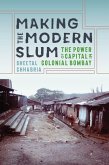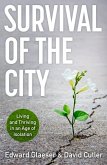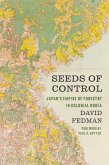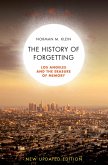Once the capital of the five-hundred-year Choson dynasty (1392-1897) and the Taehan Empire (1897-1910), the city of Seoul posed unique challenges to urban reform and modernization under Japanese colonial rule in the early twentieth century, constrained by the labyrinthian built environment of the old Korean capital. Colonial authorities attempted to employ a strategy of "erasure"-monumental Japanese architecture was, for instance, superimposed upon existing palace structures-to articulate to colonized Korean subjects the transition from the pre-modern to the modern, and the naturalization of colonial rule as inevitable historical change.
Drawing from and analyzing a wide range of materials, from architecture and photography to print media and sound recordings, City of Sediments shows how Seoul became a site to articulate a new mode of time-modernity-that defined the place of the colonized in accordance with the progression of history, and how the underbelly of the city, latent places of darkness filled with chatters of the alleyway, challenged this visual language of power. To do so, Se-Mi Oh builds an inventive new model of history where discrete events do not unfold one after the other, but rather one in which histories layer atop each other like sediment, allowing a new map of colonial Seoul to emerge, a map where the material traces of the city are overlapping, with vibrant residues of earlier times defiantly visible among the superimposed signs of modernity and colonial domination.
Drawing from and analyzing a wide range of materials, from architecture and photography to print media and sound recordings, City of Sediments shows how Seoul became a site to articulate a new mode of time-modernity-that defined the place of the colonized in accordance with the progression of history, and how the underbelly of the city, latent places of darkness filled with chatters of the alleyway, challenged this visual language of power. To do so, Se-Mi Oh builds an inventive new model of history where discrete events do not unfold one after the other, but rather one in which histories layer atop each other like sediment, allowing a new map of colonial Seoul to emerge, a map where the material traces of the city are overlapping, with vibrant residues of earlier times defiantly visible among the superimposed signs of modernity and colonial domination.
Dieser Download kann aus rechtlichen Gründen nur mit Rechnungsadresse in A, D ausgeliefert werden.









